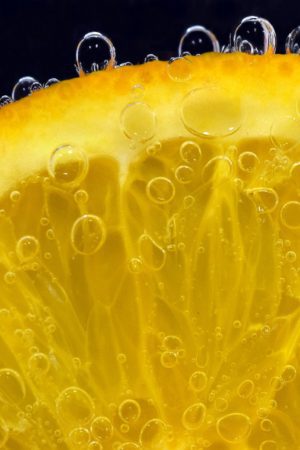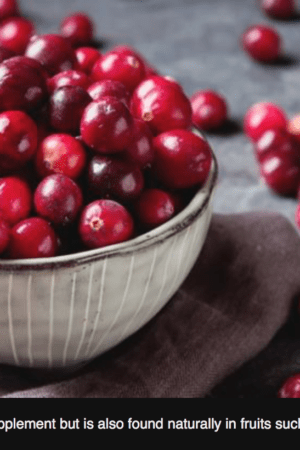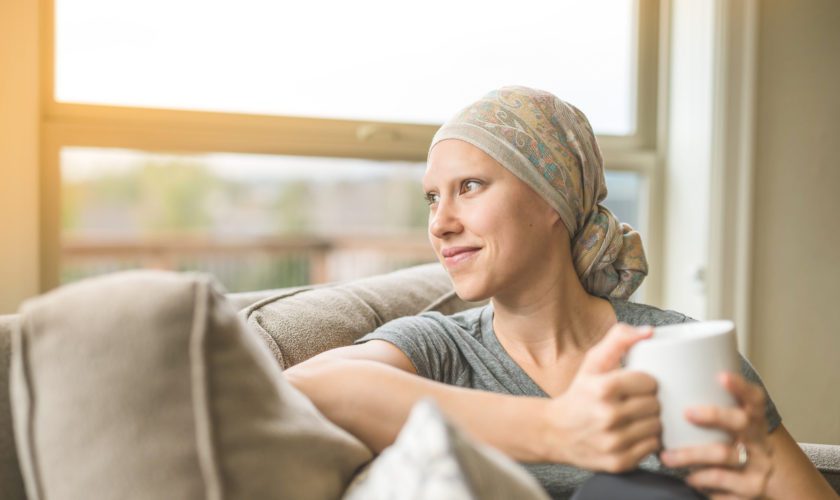Since 2-DG became available in Germany in 2018, The Lampidis Cancer Foundation has been actively collaborating with participating doctors and clinics worldwide on implementing protocols for metronomic (slow-release) delivery of patient grade 2-DG for compassionate use cancer treatment to patients with highly promising preliminary results across different cancer types.
- Patient A, female, 40-50 years, (Spain) – Stage 4, Endometrial Cancer: After intensive treatment where metronomic 2-DG was included, reduction of tumor markers from 240 to 80 and destruction of at least half of the 14 lung nodules were reported.
- Patient B, femaie, 50 years, (Romania) – Stage 3, Ovarian Cancer: Advanced cancer with no treatment before beginning M2-DG. Accepted 10 X lower than normal chemotherapy (cisplatin + paclitaxel) with M2-DG and metformin. In complete remission.
- Patient C, femaie, Glioblastoma (Spain): Patient’s condition has improved since using a combination of M2-DG + Salinomycin. The tumor is stable and showing signs of regression.
These remarkable, albeit anecdotal results are based on Dr Lampidis’ groundbreaking research using a false sugar (2-deoxy-D-glucose or 2-DG) to literally starve the treatment-resistant, slow replicating cancer cells found at the core of all tumors, which require glucose to survive in a non-oxygen (hypoxic) environment. In vivo and in vitro studies successfully demonstrated that 2-DG is able to kill the most resistant cancer cell populations found within every solid tumor, which led to the successful completion of a FDA-approved Phase 1 clinical trial. Subsequent experiments in the lab demonstrated that using a metronomic (slow-release) pump to deliver 2-DG at continual, low level doses avoids both an insulin response and liver absorption whilst increasing efficacy of significant tumor volume control. Although the preliminary clinical data from current human use studies is still at an anecdotal stage, it is encouraging to know that several patients receiving metronomic 2-DG treatment via pump through a central venous catheter (PICC line) are reporting excellent tolerance as well as a reduction in the size and/or elimination of their respective tumor types.
HOW YOU CAN HELP: We are currently lobbying the FDA to gain approval for metronomic 2-DG treatment to be administered in the US under the Right to Try Act.
If you are an oncologist or integrative medicine physician interested in using this treatment protocol on your patients, contact us here.
If you are a cancer patient or caregiver interested in learning more about this treatment protocol, contact us here.
If you are interested in supporting our mission to deliver a low cost, non-toxic cancer treatment to millions of patients worldwide, donate here.








